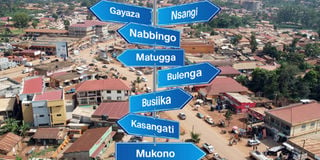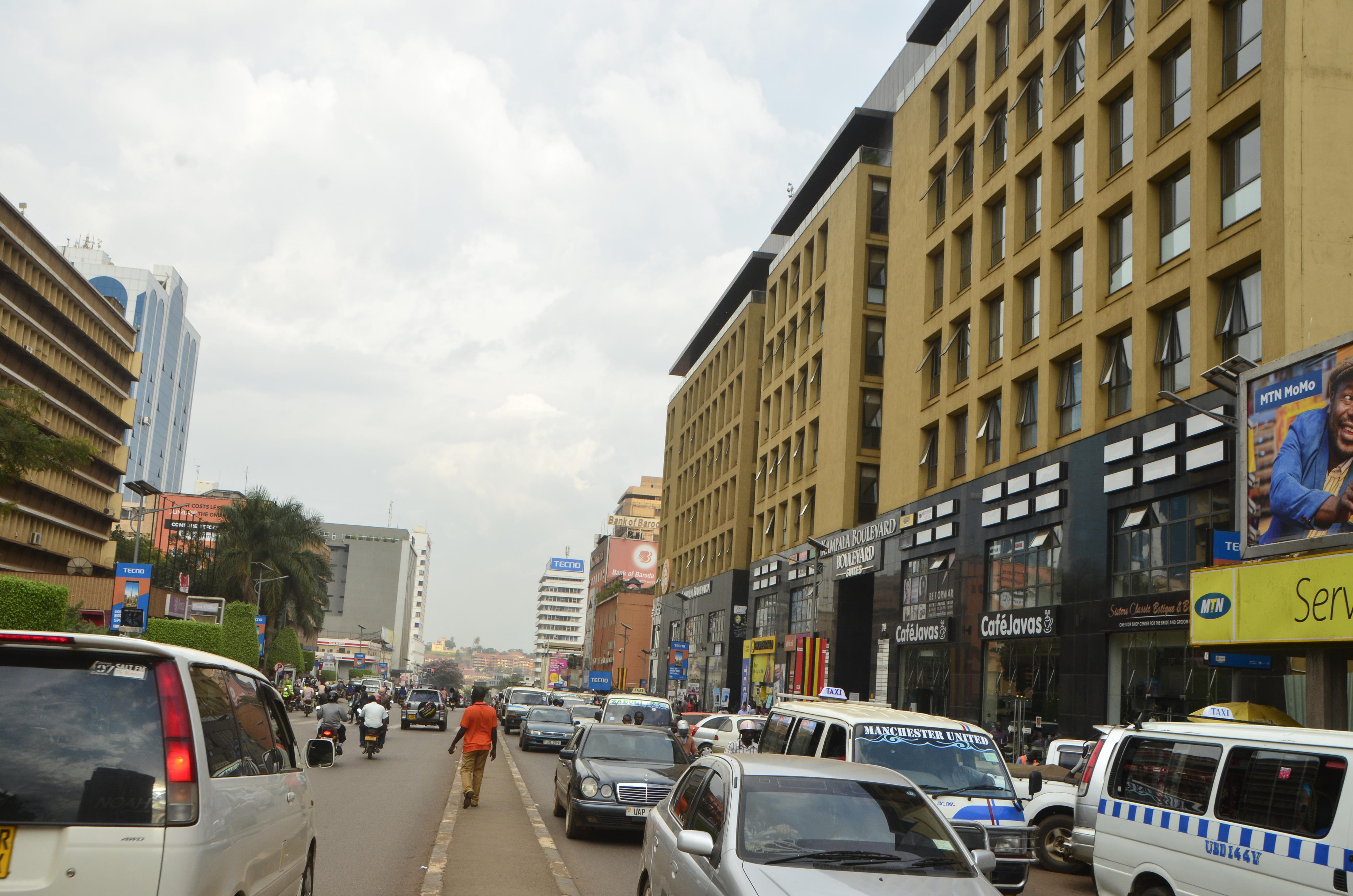Prime
Cost benefit analysis of staying in commuter towns

Commuter towns provide an alternative for residents seeking more affordable housing options, with costs typically lower than those found in the core CBD. PHOTO/file.
What you need to know:
These towns offer cheaper alternatives for urban dwellers seeking more affordable housing options and better living conditions.
Apart from their location, the towns thrive due to their affordability compared to city suburbs. They are well-connected, offering a quieter lifestyle, a sense of community and proximity to nature. As people seek affordable housing, these towns appeal to families, professionals and retirees.
Characteristics of these towns
Commuter towns are typically located within 20 - 30 kms from larger cities or urban centres.
1. Proximity to urban centres
Commuter towns surrounding Kampala are typically situated within a 20-30 kilometre radius of the city centre, enabling daily commutes for residents employed in the city centre.
However, traffic congestion during peak hours can be a major pain point, with travel times often extending to two hours or more. The gridlock is exacerbated by the log-jam of commuter town traffic plus traffic to upcountry locations.
Commuters strategically adjust their routines by either working late, starting early, or using less congested but longer alternative routes. This requires planning, adaptation, and acceptance of the opportunity cost, but ultimately balances the convenience of a lower cost of living and improved quality of life with the challenges of commuting.
2. Residential focus: -more affordable housing
Commuter towns are primarily residential areas, with majority of the population living in single-family homes or apartment complexes. Commuter towns provide an alternative for residents seeking more affordable housing options, with costs typically lower than those found in the core CBD.
Commuter towns still have vast chunks of affordable residential land available for sale with real estate developers setting up land estates and offering plots for sale. However, a limited stock of residential properties is available for sale and rent since most developments in the commuter towns are for owner occupation.
Commuter towns still have vast chunks of affordable residential land available for sale with real estate developers setting up land estates and offering plots for sale. However, a limited stock of residential properties is available for sale and rent since most developments in the commuter towns are for owner occupation.
3. Transport networks
These towns have well-developed transport modes and networks, such as highways, expressways, or bus routes, to facilitate commuting to nearby cities for work and leisure.
The real estate markets in areas like Kiti, Matugga, Sentemma, Nakwero, and Kitukutwe have experienced increased residential and retail activity over the past five years, fuelled by infrastructural upgrades as shown in table 3.
The improvement in road infrastructure in these regions has triggered a significant increase in land and property values.
4. Transport fares
Travel from the commuter towns to the city centre is either by public means or private means depending on individual preferences and financial standing.
On average, a one-way taxi fare from a commuter town to the city centre ranges between Shs2,000 and Shs5,000. Private vehicle commuters typically incur expenses between Shs20,000 and Shs100,000 daily depending on the travel distance and their vehicle’s fuel consumption.
5. Property prices and transaction currency
Residential land values in commuter towns vary based on proximity to amenities, accessibility, and other market factors. The primary transaction currency within these regions is the Ugandan Shilling , indicating strong demand from primarily indigenous buyers. We provide below average land prices per acre and annual growth rate for land prices in select commuter towns.
Over the last five years, the increasing interest in commuter towns has led to an eight to 20 percent annual increase in land prices depending on the location of the town and other key factors. Kiwenda and Mbalwa recorded the highest annual land price appreciation among the selected commuter towns.
6. Community amenities
While they do not offer as many amenities as larger cities, commuter towns typically have essential services and facilities, such as schools, grocery stores, medical centres, parks, and recreational areas.
Recreational amenities such as sports parks and sports centres are emerging to serve the growing demand for leisure and fitness activities among the local population.
Benefits






